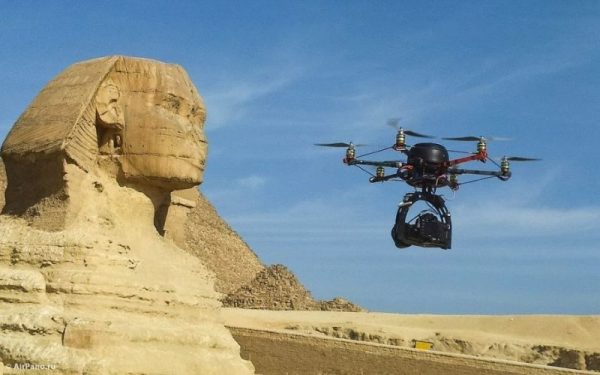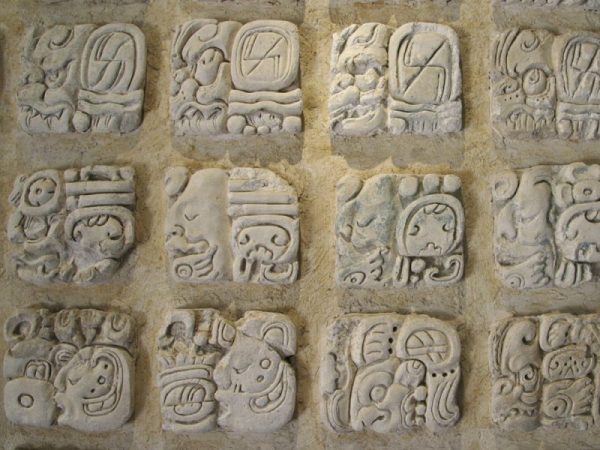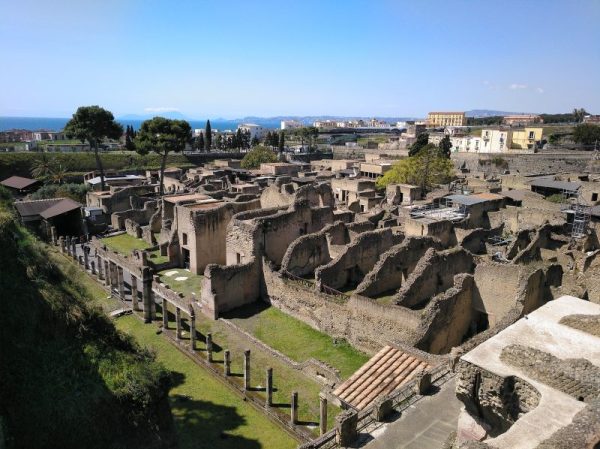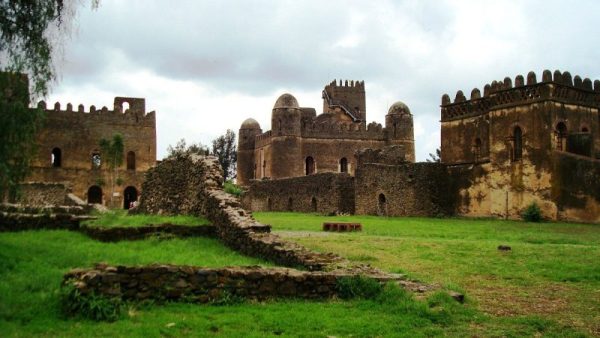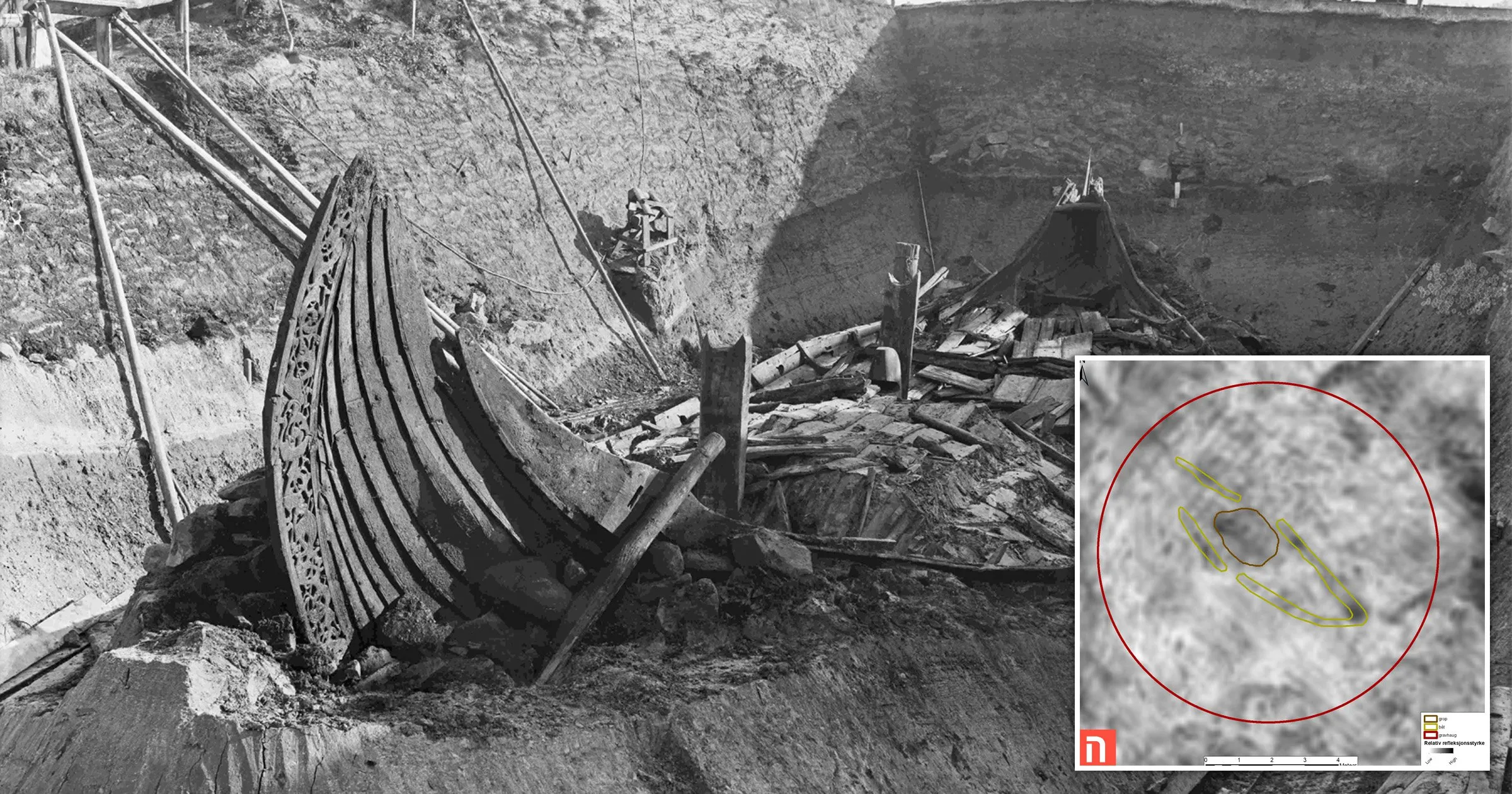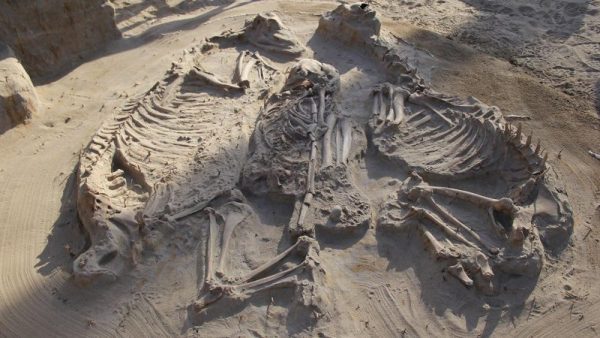Nestled high in the heart of the awe-inspiring Andes Mountains of Peru, the ancient citadel of Machu Picchu stands as a breathtaking testament to the splendor of the Inca civilization. Yet, the world might have remained oblivious to this enigmatic wonder if not for the relentless determination of an American explorer, Hiram Bingham. In this extensive exploration of history, we embark on a captivating journey into the remarkable life of Hiram Bingham, the intrepid discoverer of Machu Picchu, and the profound and enduring impact of his groundbreaking revelations.
Life of Hiram Bingham: Early Life and Scholarly Pursuits
Hiram Bingham’s journey to becoming a celebrated explorer of Inca ruins was a multifaceted and captivating one. Born into a family deeply entrenched in the world of education and scholarship, Bingham’s fascination with South America and the intricate tapestry of Inca history began to weave itself into his life from an early age. His academic pursuits eventually guided him to the esteemed halls of Yale University, where he embarked on a transformative educational journey that would profoundly shape the course of his life.
From his formative years, Bingham displayed an insatiable curiosity about the world, with a particular interest in the enigmatic civilizations of South America. His family’s scholarly background, including his father’s work as a theologian and his grandfather’s role as the first missionary to Hawaii, nurtured an environment of intellectual exploration and a deep appreciation for the importance of cultural understanding.
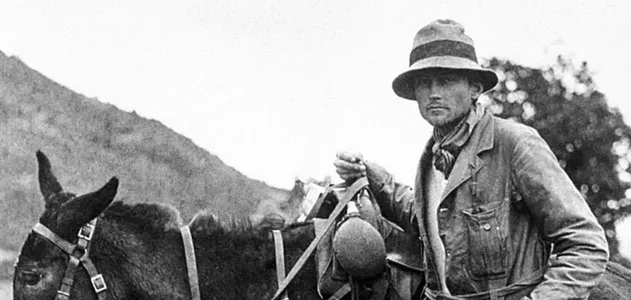
As Bingham’s academic journey unfolded at Yale, he found himself increasingly drawn to the allure of South America, particularly the captivating history of the Inca civilization. His studies were not confined to textbooks and lectures; they extended to exploratory expeditions to the region. These early adventures served as the crucible in which his passion for Inca history and archaeology was forged. It was during this time that he began to dream of unraveling the mysteries of the ancient Inca world hidden amidst the remote Andean landscapes.
Yale University, with its rich academic tradition, provided the perfect backdrop for Bingham’s intellectual pursuits. It was here that he found mentors who shared his fascination with South America and guided his academic endeavors. His time at Yale deepened his understanding of archaeology, history, and anthropology, equipping him with the skills and knowledge necessary for the challenging journeys that lay ahead.
It was this combination of family heritage, early explorations, and a rigorous education at Yale that set the stage for Hiram Bingham’s remarkable expedition to the Andes in search of the lost Inca city. Little did he know that his insatiable curiosity and scholarly pursuits would lead him to make one of the most significant archaeological discoveries of the 20th century—the awe-inspiring Machu Picchu.
The Quest for Vilcabamba
Bingham’s unquenchable thirst for exploration drew him irresistibly to the mesmerizing landscapes of South America in his relentless pursuit of the elusive lost city of Vilcabamba, the ultimate stronghold of the Inca civilization. His unwavering determination propelled him into a grueling and often perilous odyssey through the rugged and unforgiving terrains of Peru, where, through a remarkable twist of fate and his indomitable will, he serendipitously stumbled upon the hidden gem that would become synonymous with his name – Machu Picchu. This fateful encounter marked not just the discovery of a hidden treasure but also the inception of a journey that would captivate the world.
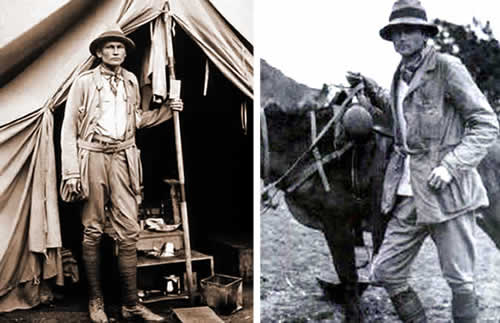
Bingham’s quest for Vilcabamba was no ordinary adventure; it was a relentless pursuit fueled by his unshakable belief in the existence of a fabled Inca city that had eluded explorers for centuries. He navigated the treacherous mountain paths, traversed dense forests, and braved the elements, driven by an insatiable curiosity and an unwavering commitment to unveiling the mysteries of Inca history.
It was amidst this grueling expedition that fate intervened, leading Bingham and his team to the precipitous slopes where Machu Picchu lay concealed beneath centuries of jungle growth. On July 24, 1911, as the clouds parted and the mist lifted, the breathtaking ruins of Machu Picchu were revealed to Bingham’s astonished eyes. The initial moments of discovery were charged with awe and wonder as Bingham gazed upon the intricate stone structures, terraces, and temples that had remained hidden for generations.
The arduous journey to reach this remote site and the meticulous exploration that followed were marked by countless challenges. Bingham and his team had to contend with the formidable Andean landscape, often relying on indigenous guides to navigate the perilous terrain. The jungle had all but engulfed Machu Picchu, requiring extensive clearing and excavation efforts to expose the ancient city’s true splendor.
The meticulous excavation of Machu Picchu’s treasures, including its remarkable architecture, intricately carved stones, and ceremonial artifacts, revealed the profound significance of this archaeological marvel. Bingham’s dedication to documenting and preserving the site ensured that the world could share in the wonder of Machu Picchu.
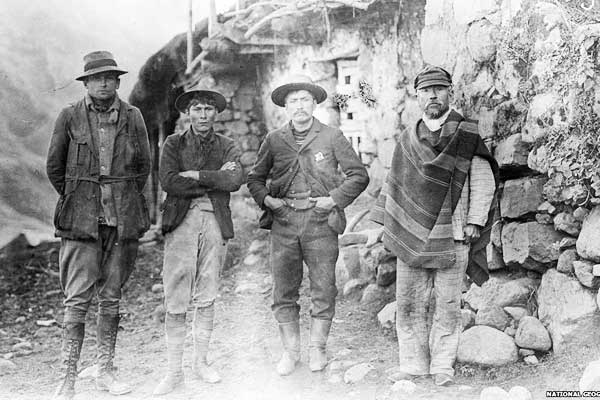
Little did Hiram Bingham know that his relentless quest, which had led him through the rugged heart of Peru, would result in the revelation of one of the most iconic and enigmatic archaeological sites in the world. Machu Picchu’s emergence from obscurity marked the beginning of a global fascination with the lost city, cementing Bingham’s place in history as the intrepid explorer who brought this ancient wonder to the forefront of human understanding.
Machu Picchu Unearthed
Machu Picchu, with its awe-inspiring architecture, intricate stonework, and an aura of profound mystique, held unparalleled significance in Inca history. Bingham’s relentless efforts to garner international attention for this site culminated in its acknowledgment as one of the world’s most iconic archaeological wonders. The citadel, nestled on a ridge between two towering peaks, featured intricately crafted stone buildings, temples, terraces, and an intricate network of agricultural terraces, all showcasing the architectural genius of the Inca civilization.
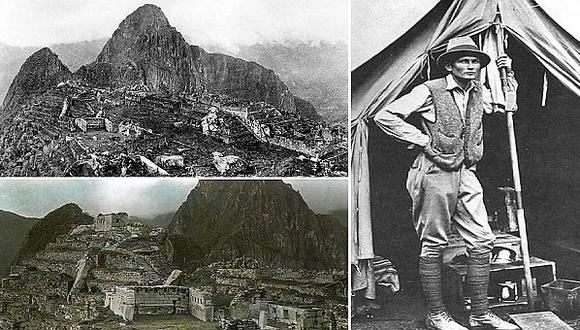
However, the challenges of excavation, preservation, and the endeavor to comprehend the cultural and historical context of Machu Picchu were monumental. Bingham, along with a dedicated team of archaeologists, engineers, and local laborers, had to contend with the remote and challenging terrain, as well as the painstaking task of documenting and preserving the wealth of artifacts and structures. Their work laid the foundation for future generations of archaeologists to unravel the mysteries of Machu Picchu.
Controversies and Legacy
Hiram Bingham III, an American academic, explorer, and adventurer, is a name that remains etched in the annals of history due to his pivotal role in the discovery of Machu Picchu, the iconic Inca citadel nestled high in the Andes Mountains of Peru. However, the legacy of Bingham’s methods and motivations has been a subject of impassioned debate and controversy that continues to captivate the minds of historians, archaeologists, and enthusiasts alike.
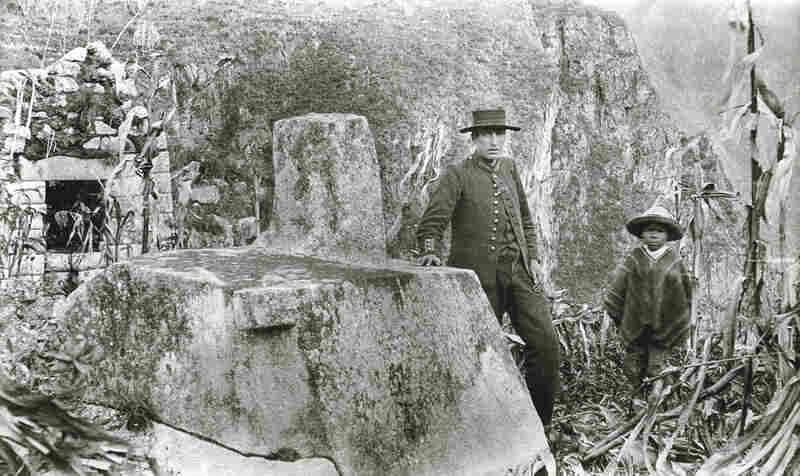
Bingham’s journey to Machu Picchu in 1911 was not just an expedition; it was a quest that would reshape the field of Inca archaeology and ignite a global fascination with this enigmatic lost city. His expedition was initially supported by Yale University and the National Geographic Society, driven by a thirst for academic exploration and a genuine desire to uncover the secrets of an ancient civilization. Armed with a team of fellow explorers and local guides, Bingham embarked on an arduous journey through the rugged Andes, eventually stumbling upon the awe-inspiring ruins of Machu Picchu.
Critics, however, have scrutinized Bingham’s treatment of artifacts and his role in the removal of valuable historical objects from Machu Picchu. Some argue that his actions were driven by a desire for personal glory and the exportation of treasures to the United States. Bingham’s removal of artifacts from Machu Picchu without proper documentation and consent has indeed been a source of contention. This controversy reached its peak when many of these artifacts found their way into the collections of Yale University, leading to a protracted legal battle between the Peruvian government and the university over their repatriation.
Bingham’s Later Years and Contributions
Hiram Bingham’s contributions extended far beyond his groundbreaking expeditions and the controversies surrounding them. He enjoyed a multifaceted career that left an indelible mark on academia, politics, and the broader cultural landscape.
In the realm of academia, Bingham’s association with Yale University was instrumental in fostering a deeper understanding of South American history and archaeology. His tenure as a professor of South American history allowed him to share his firsthand experiences and knowledge acquired during his expeditions with eager students and scholars. Bingham’s lectures and publications provided valuable insights into the history, culture, and civilizations of the Andean region, further fueling academic interest in the area.
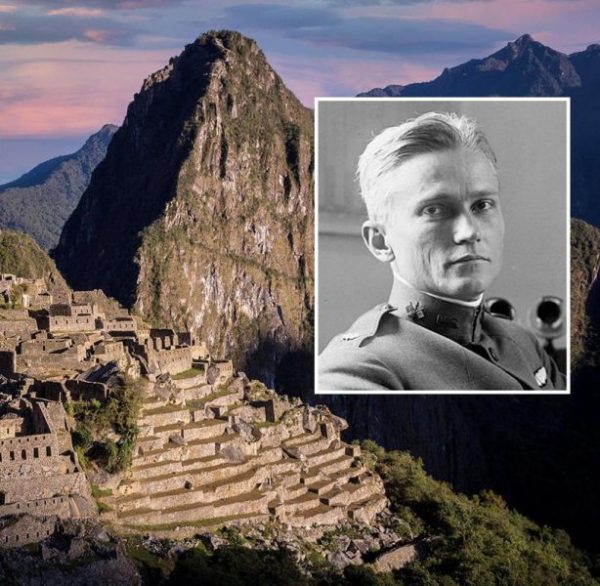
Moreover, Bingham’s advocacy for the preservation of archaeological sites and cultural heritage demonstrated his commitment to protecting the world’s historical treasures. He recognized the importance of safeguarding these sites for future generations, and his efforts helped shape early conservation policies and practices.
Bingham’s foray into the political arena as a United States Senator from Connecticut added another dimension to his legacy. In this role, he had the opportunity to influence national policies and advocate for issues close to his heart, including the preservation of cultural heritage and support for archaeological research. His political career served as a platform to raise awareness about the importance of safeguarding historical and archaeological sites not only in the United States but also worldwide.
One of the most enduring tributes to Bingham’s contributions is the naming of “Binghamton” in his honor, a city in New York. This recognition serves as a lasting testament to his impact on American culture and history. It highlights the esteem in which he was held by his contemporaries and subsequent generations.
In retrospect, Hiram Bingham’s legacy is a complex tapestry that weaves together exploration, academia, politics, and advocacy. While his expeditions to Machu Picchu are what initially brought him fame, his enduring impact on the fields of archaeology, history, and academia demonstrates the depth of his dedication and passion for unraveling the mysteries of the past. His story serves as a reminder of the multifaceted nature of those who dedicate their lives to the pursuit of knowledge and the preservation of our shared cultural heritage.
Conclusion
Hiram Bingham’s indelible legacy is intricately woven into the captivating tapestry of Machu Picchu. His extraordinary odyssey of discovery not only thrust this ancient marvel into the global spotlight but also ignited an enduring passion for Inca history and archaeology that continues to flourish. As we stand in reverent admiration of the timeless wonder that is Machu Picchu, we pay homage to the visionary explorer whose revelations have forever enriched our understanding of the past, and whose name shall forever be synonymous with the unraveling of the mysteries of this remarkable Inca treasure.
